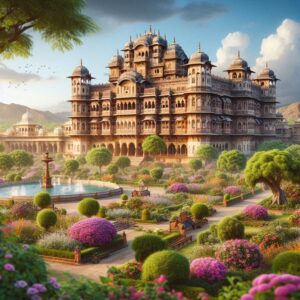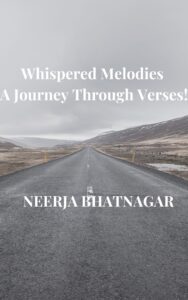 The tales of Rajputana valour and legacy echo through the sands of Rajasthan like whispered oaths of courage, honour, and undying pride. The word Rajput itself stems from the Sanskrit word Rajputra, meaning “son of a king,” and Rajputana—literally “the land of Rajputs”—stands as a timeless symbol of heroic resistance, cultural richness, and indomitable spirit.
The tales of Rajputana valour and legacy echo through the sands of Rajasthan like whispered oaths of courage, honour, and undying pride. The word Rajput itself stems from the Sanskrit word Rajputra, meaning “son of a king,” and Rajputana—literally “the land of Rajputs”—stands as a timeless symbol of heroic resistance, cultural richness, and indomitable spirit.
The Land of Warriors
Rajputana, comprising present-day Rajasthan and parts of Gujarat and Madhya Pradesh, was home to mighty warrior clans like the Sisodias of Mewar, Rathores of Marwar, Chauhans of Ajmer, and Kachwahas of Amber. These kingdoms were not just territorial rulers but custodians of a code—Rajput Dharma—centred on loyalty, duty, and sacrifice.
The Rajput code of honour demanded death before dishonour, a principle evident in their fierce resistance against invading powers. Whether it was Maharana Pratap riding into battle with an unmatched spirit or Rani Padmini’s Jauhar to preserve dignity, Rajputana became synonymous with valour.
Stories That Inspire Generations
- Maharana Pratap of Mewar – Perhaps the most legendary Rajput warrior, he refused to submit to Akbar’s empire and fought the Battle of Haldighati in 1576. Though the battle ended inconclusively, his courage became a symbol of resistance.
- Rani Durgavati – A Gond queen with Rajput lineage, who fought valiantly against the Mughal army and chose death over capture.
- Rani Padmini of Chittorgarh – Her tale of beauty, honour, and Jauhar (ritual self-immolation) is etched into cultural memory, even if it straddles the line between legend and history.
- Jauhar and Saka – When faced with sure defeat, Rajput women committed Jauhar to avoid enslavement, while the men rode out in a final charge called Saka. These acts were extreme but symbolised the value Rajputs placed on freedom and honour.
Culture Beyond the Sword
Rajputana wasn’t just about war—it was also about art, architecture, and governance. The forts of Kumbhalgarh, Chittorgarh, and Mehrangarh, and the palaces of Udaipur and Jaipur reflect a blend of strategic brilliance and artistic grandeur.
- Miniature paintings, especially the Mewar and Marwar schools, depict courtly love, battles, and devotion with exquisite detail.
- Rajputs were great patrons of music and dance, often combining martial traditions with cultural refinement.
- Their temples and palaces blend Rajput, Mughal, and local styles, creating architectural marvels with intricate carvings and vibrant frescoes.
Legacy in Today’s India
Even today, the Rajputana spirit lives on:
- In folk songs and oral traditions.
- In festivals like Teej, Gangaur, and Mewar Festival, that blend devotion and regional pride.
- In military regiments like the Rajputana Rifles, the warrior lineage continues into the modern Indian Army.
Their ethos of Dharma, courage, and pride still finds relevance in a world that reveres integrity and fearless conviction.
A Balanced View
While Rajputana history is a source of immense pride, it’s also important to see it through a nuanced lens. Rajput kingdoms, like any others, had their internal conflicts, strategic alliances (including with the Mughals), and hierarchical systems. Yet, the overarching narrative of honour-driven leadership and resilience in the face of overwhelming odds continues to captivate hearts.
Why Rajputana Still Matters
In today’s fast-paced, compromise-ridden world, Rajputana teaches us to stand tall for our values, to honour our roots, and to lead with integrity. Their legacy isn’t just about battles—it’s about identity, dignity, and the will to rise, again and again.
“Veer Bhogya Vasundhara” – The brave shall inherit the earth.
Let the story of Rajputana not be confined to textbooks or films. Let it live on in the values we carry and the stories we pass on.
Join the Heritage Journey
This post is part of my A2Z Challenge series celebrating India’s Heritage and Forgotten Traditions. Explore more such stories on my blog, Neerja’s Musings.
Let’s rediscover our roots—one alphabet at a time. 💛
This post is powered by Blogchatter A2Z challenge.
Neerja Bhatnagar
Feel free to connect with me on social media to stay updated on more content like this!
Instagram | Facebook | YouTube |Twitter |Podcast |
I have written 3 solo books and 3 anthologies. You can buy my books on Amazon. If you are on Kindle Unlimited, you can read them for free. Pls, do check and share your reviews.



